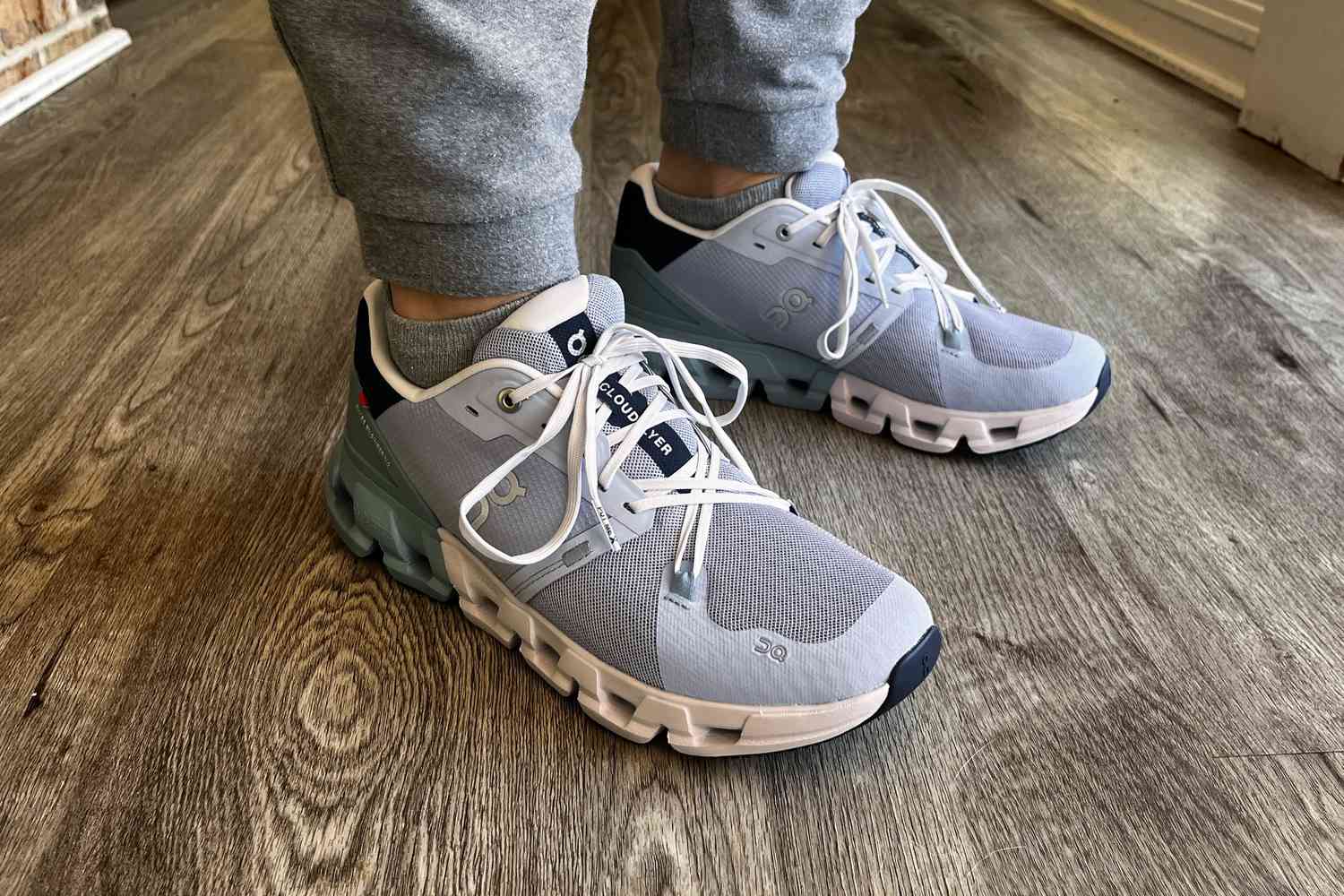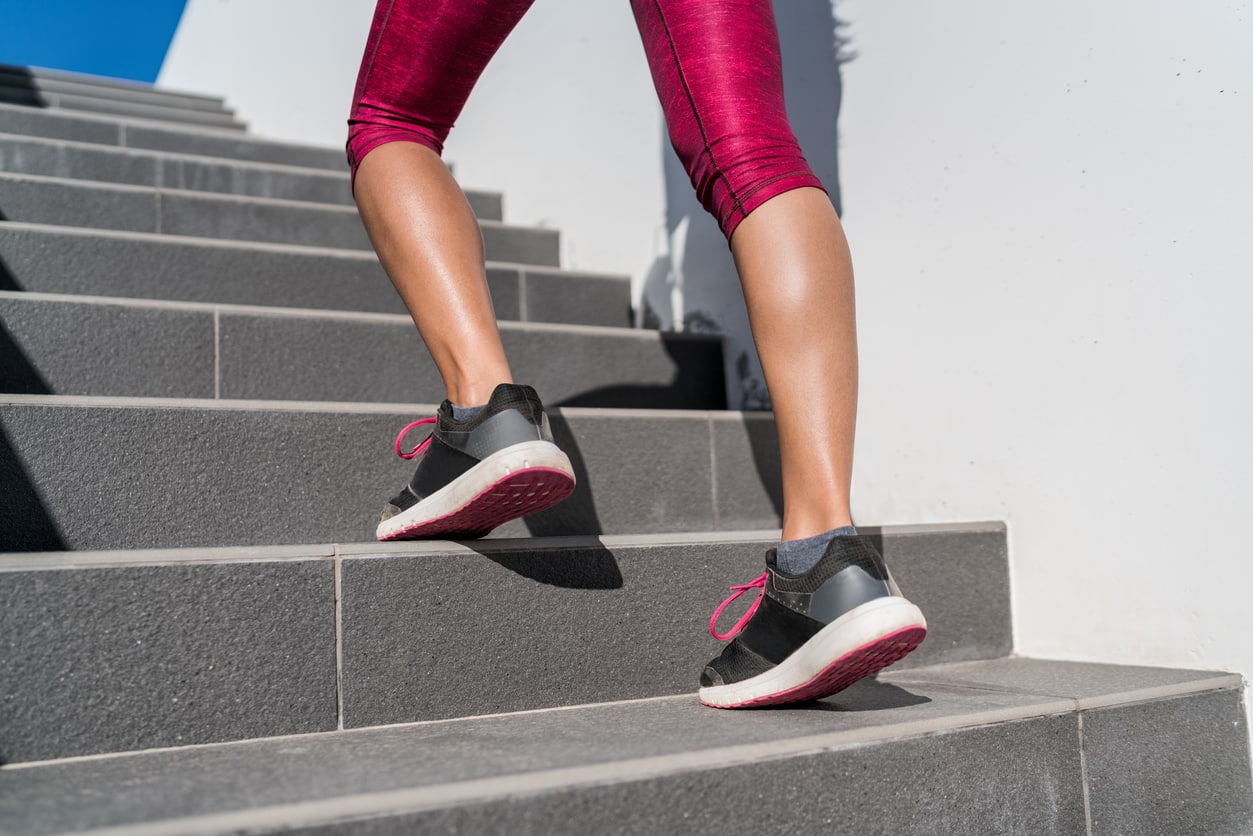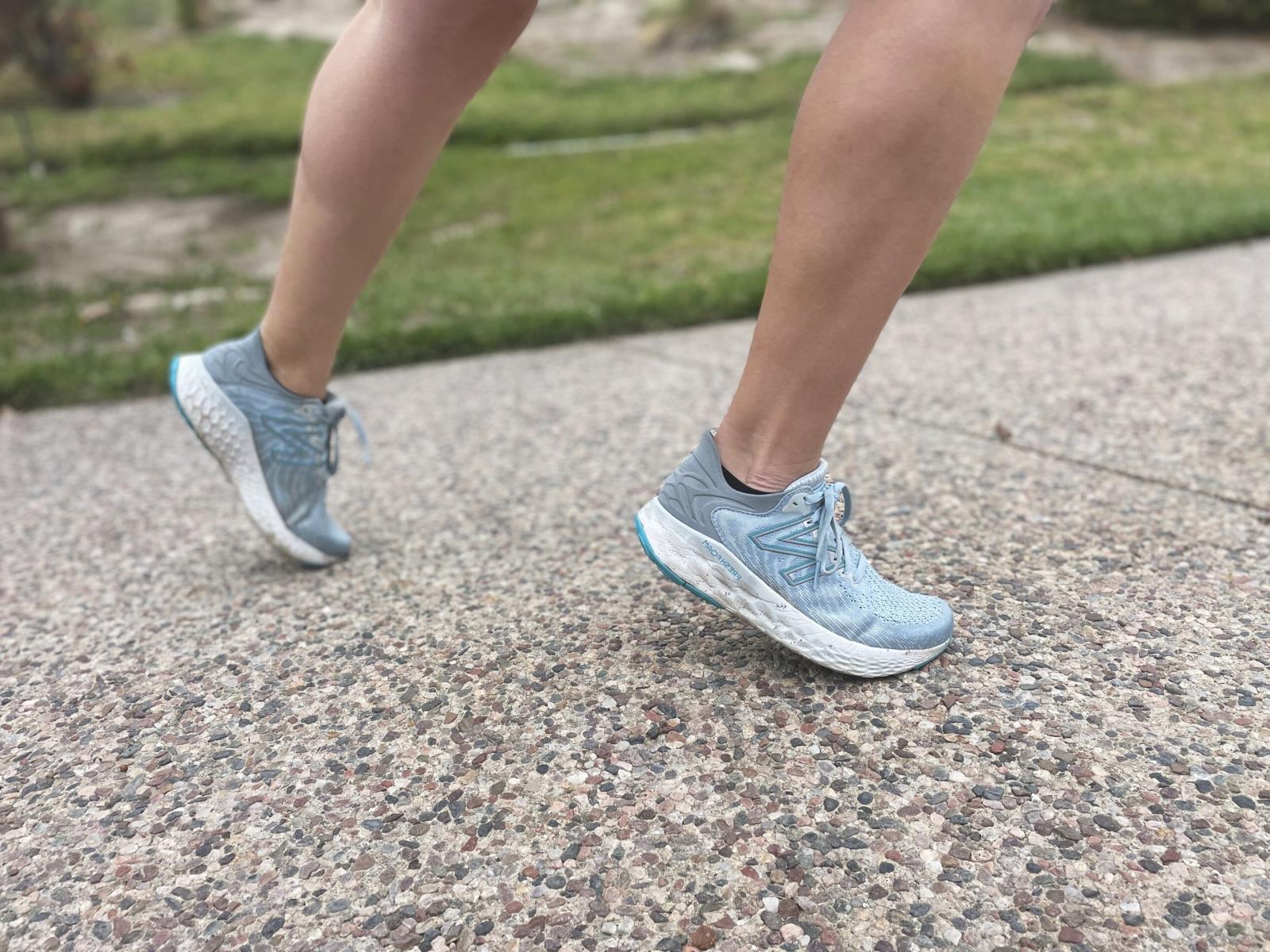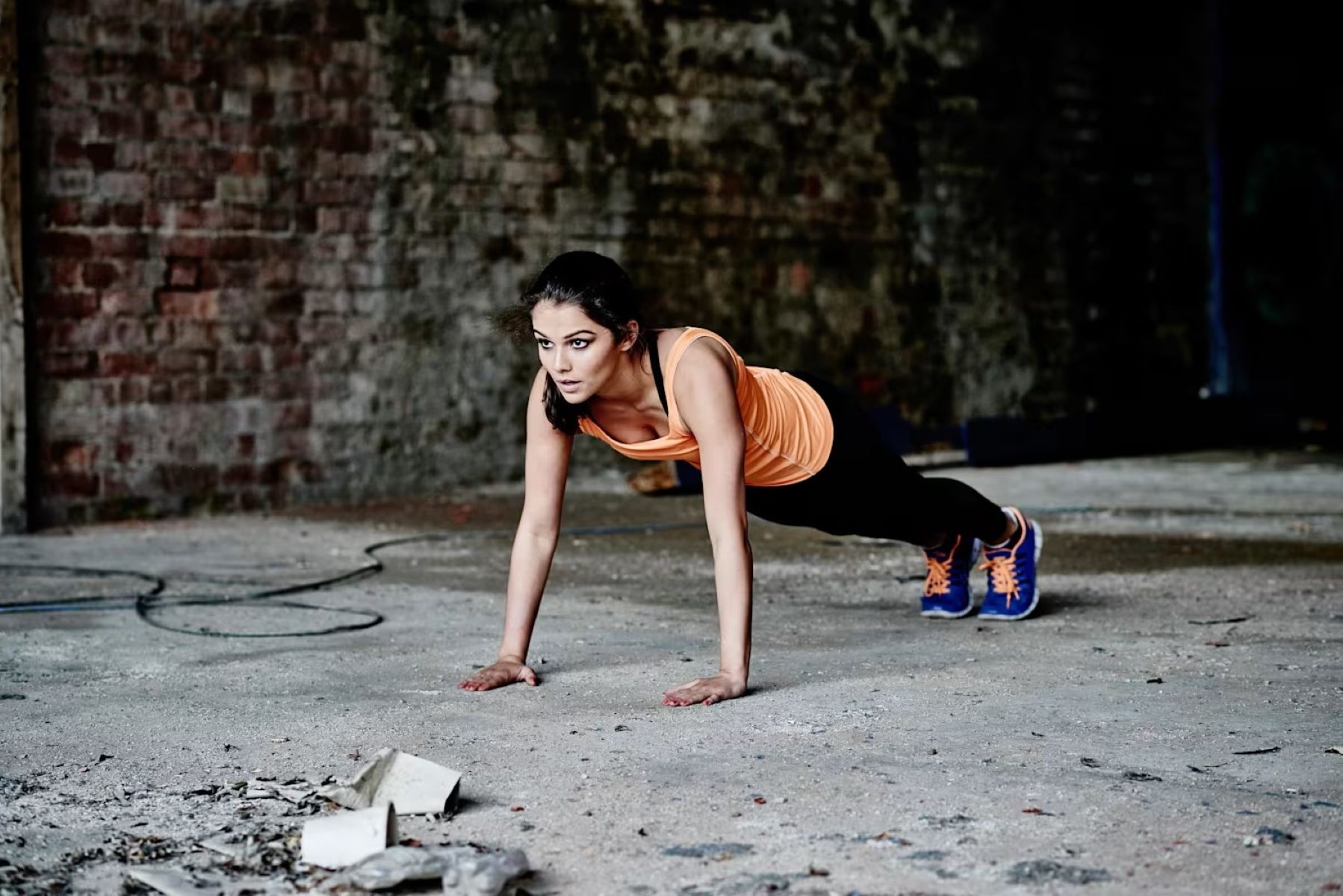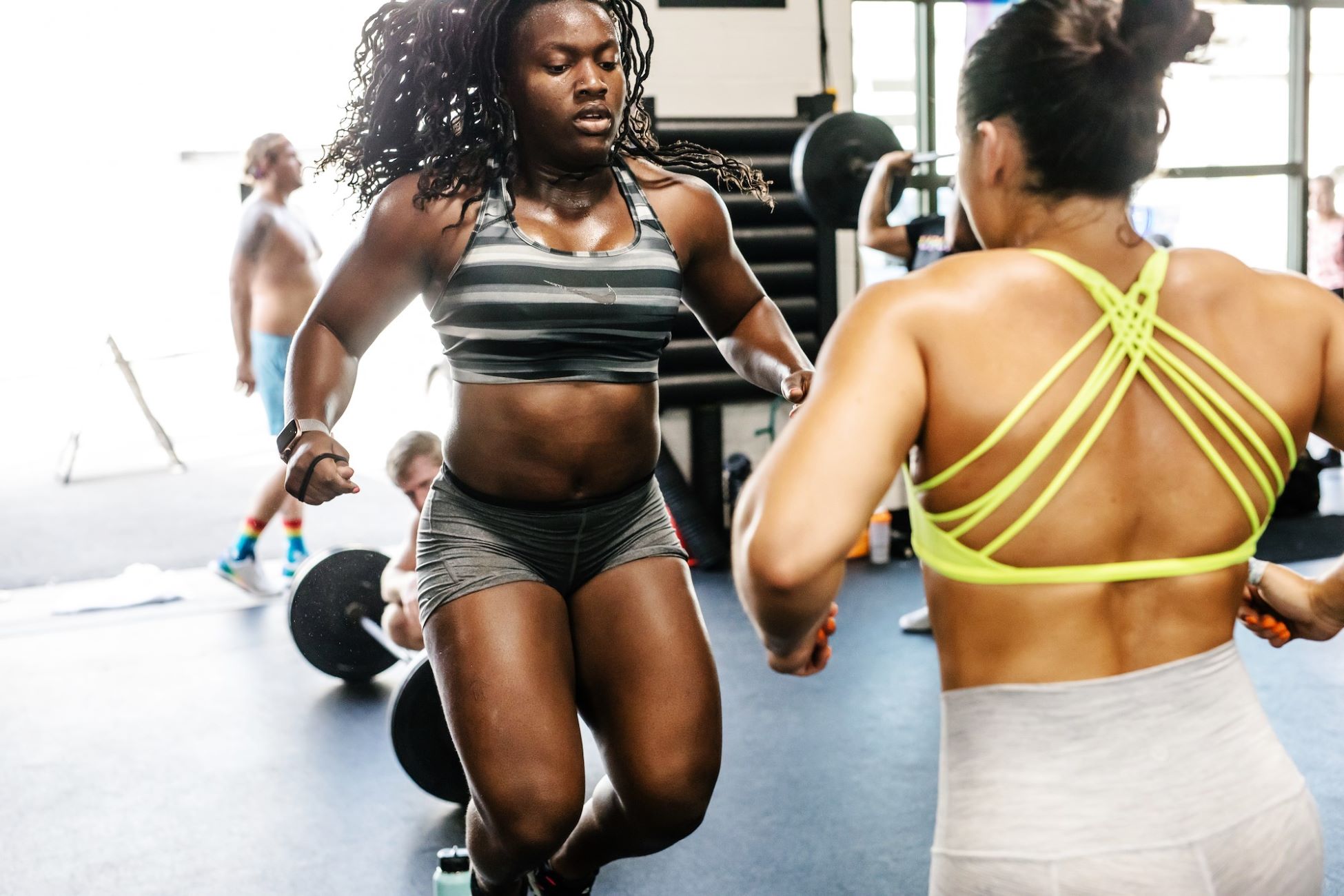Home>Gear & Reviews>Apparel>Running Shoes Size Charts: Find The Perfect Fit For Your Feet
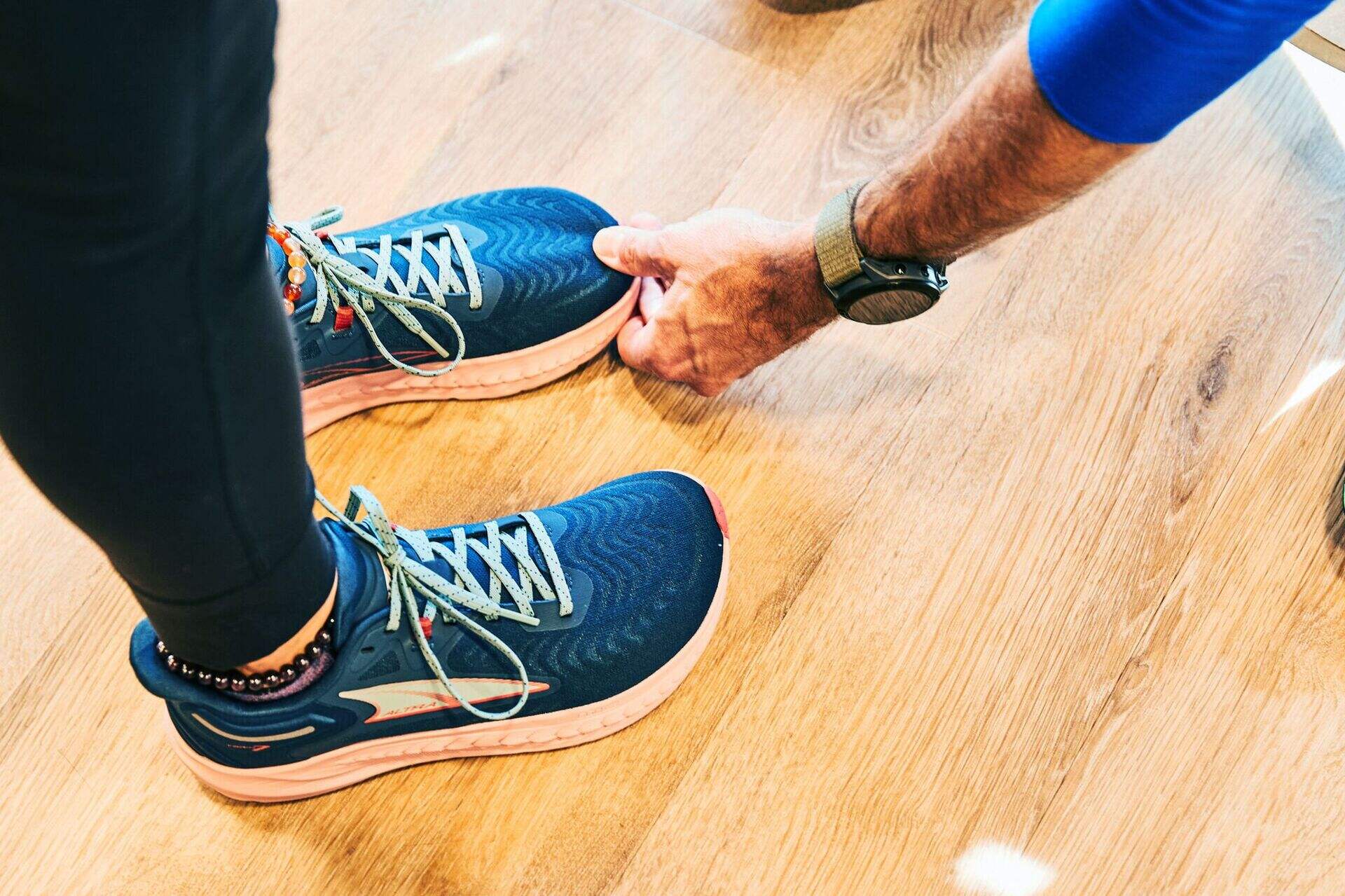

Apparel
Running Shoes Size Charts: Find The Perfect Fit For Your Feet
Published: February 9, 2024
Find the right fit for your feet with our comprehensive running shoes size charts. Get the perfect pair of running shoes with our apparel size guide.
(Many of the links in this article redirect to a specific reviewed product. Your purchase of these products through affiliate links helps to generate commission for Therunningadvisor.com, at no extra cost. Learn more)
Table of Contents
Introduction
Finding the perfect pair of running shoes is crucial for both comfort and performance. Whether you’re a seasoned runner or just starting out, having the right fit can make a significant difference in your overall experience. With the wide array of running shoe options available, it’s essential to understand how to navigate through the various sizes and find the ideal match for your feet.
In this comprehensive guide, we will delve into the intricacies of running shoe size charts and provide valuable insights on how to ensure the perfect fit. From understanding the importance of finding the right size to practical tips for measuring your feet, this article aims to equip you with the knowledge needed to make informed decisions when selecting running shoes.
Embarking on a journey to find the perfect running shoes can be both exciting and overwhelming. With the abundance of brands, styles, and features, it’s easy to get lost in the sea of options. However, by arming yourself with the right information, you can confidently navigate the process and ultimately discover the ideal pair that caters to your unique needs.
So, let’s lace up and dive into the world of running shoe sizes, where we’ll unravel the mysteries of measurements, charts, and fittings to help you find the perfect fit for your feet.
Why Finding the Right Size is Important
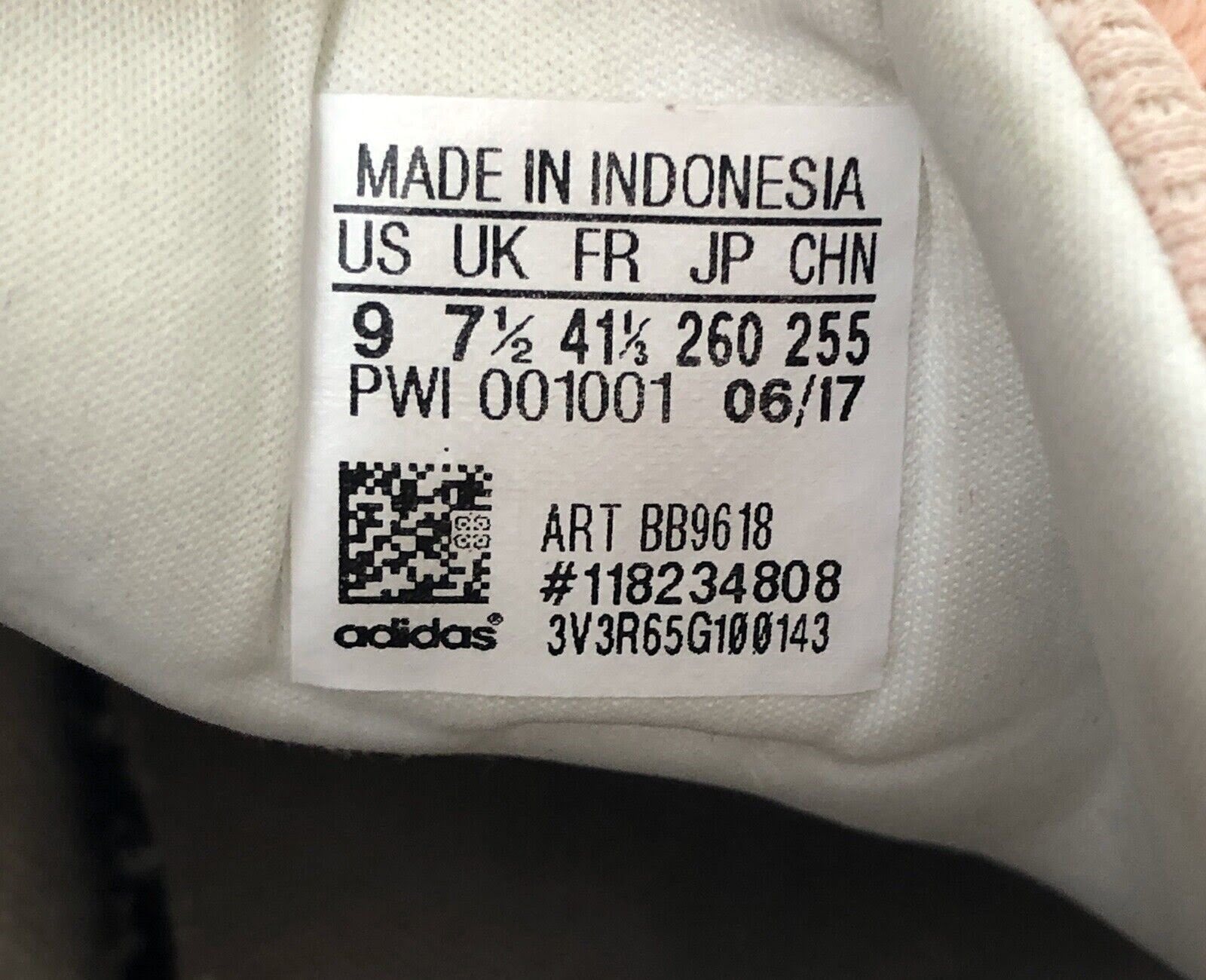
Finding the right size of running shoes is not just about comfort; it directly impacts your performance, overall foot health, and even prevents potential injuries. Ill-fitting shoes can lead to a myriad of issues, ranging from blisters and calluses to more serious conditions such as plantar fasciitis and stress fractures.
When your running shoes are too small, they can cause discomfort, cramping, and even numbness, leading to a distracting and painful running experience. On the other hand, oversized shoes can result in excessive movement within the shoe, leading to friction and blisters. Moreover, inadequate support and stability due to incorrect sizing can contribute to muscle fatigue and strain, affecting your running efficiency and increasing the risk of injury.
Properly fitted running shoes provide the necessary support and cushioning to absorb impact and reduce the strain on your feet, ankles, and knees. They also ensure that your toes have enough room to splay naturally, preventing issues such as black toenails and bunions. Additionally, the right size can enhance your overall running performance by providing a secure and stable foundation, allowing for a more efficient stride and improved energy transfer.
Furthermore, wearing the correct size of running shoes can contribute to long-term foot health. It helps in maintaining the natural alignment of the foot, reducing the likelihood of developing chronic foot conditions such as flat feet or high arches. By prioritizing the right fit, you are investing in the well-being of your feet, which is essential for sustaining an active lifestyle and preventing long-term foot problems.
In essence, finding the right size of running shoes is not just a matter of comfort; it is a fundamental aspect of ensuring a safe, enjoyable, and effective running experience. By understanding the significance of proper sizing, you can prioritize your foot health and performance, setting the stage for a fulfilling and sustainable running journey.
How to Measure Your Feet
Measuring your feet accurately is the first step towards finding the perfect running shoe size. Here’s a simple guide to help you get precise measurements:
-
Gather the Essentials: Before you begin, ensure that you have a piece of paper, a pen, a ruler, and a measuring tape. It’s important to conduct the measurement process while standing, as this reflects the actual size and shape of your feet when bearing weight.
-
Prepare the Paper: Place the piece of paper on a flat surface, such as a hard floor. If you have a carpeted floor, it’s advisable to place a hardboard or a magazine under the paper to ensure a smooth and accurate measurement.
-
Position Your Foot: Step onto the paper, ensuring that your heel is aligned with the edge of the paper. Your foot should be perpendicular to your leg, and your weight should be evenly distributed.
-
Trace the Outline: With the pen, carefully trace the outline of your foot. Ensure that the pen is held perpendicular to the paper to capture the most accurate shape.
-
Measure Length and Width: Using the ruler, measure the length from the heel to the longest toe (which may not necessarily be the big toe). Record this measurement in both inches and centimeters. Next, measure the width at the widest part of your foot and record this measurement as well.
-
Repeat for Both Feet: It’s common for one foot to be slightly larger than the other. Therefore, it’s essential to measure both feet and use the larger measurements as a reference when determining your shoe size.
-
Use the Measuring Tape: For a more precise measurement, use the measuring tape to measure the circumference of the widest part of your foot. This additional measurement can be valuable, especially when considering shoes with varying width options.
By following these steps, you can obtain accurate measurements of your feet, providing a solid foundation for selecting the right running shoe size. Remember that the dimensions of your feet can change over time, so it’s advisable to measure them periodically, especially before purchasing new running shoes.
Understanding Running Shoe Size Charts
Running shoe size charts serve as a valuable tool in the quest for the perfect fit. These charts are designed to provide a standardized reference for shoe sizes across different brands and models, enabling consumers to make informed decisions when selecting running shoes. Understanding the intricacies of these size charts is essential for navigating the diverse landscape of running footwear options.
Running shoe size charts typically display a range of sizes, often including measurements in both inches and centimeters. They may also incorporate width options, catering to individuals with varying foot shapes and dimensions. It’s important to note that shoe sizing can vary between brands and even between different models within the same brand. Therefore, relying solely on your usual shoe size may not always guarantee an optimal fit.
When interpreting a running shoe size chart, it’s crucial to pay attention to the specific measurements provided. This includes the length and width dimensions, which are fundamental in determining the most suitable size for your feet. Additionally, some size charts may offer guidance on foot circumference, providing further insight into the overall shape and volume of the shoe.
In addition to numerical measurements, running shoe size charts often include corresponding international sizing standards, such as US, UK, EU, and potentially others. This international conversion aspect is particularly valuable for individuals purchasing running shoes from global brands or international retailers, ensuring seamless compatibility across different sizing systems.
Furthermore, some running shoe size charts may incorporate recommendations for half sizes or provide insights into how certain models fit in relation to standard sizing. This can be particularly helpful when deciding whether to opt for a half size up or down based on the specific characteristics of a particular shoe.
It’s important to approach running shoe size charts with a discerning eye, recognizing that personal preferences and foot characteristics play a significant role in determining the ideal size. Factors such as arch height, toe splay, and running gait can influence the suitability of a particular shoe size, and these individual nuances should be considered alongside the information provided in the size chart.
By familiarizing yourself with running shoe size charts and understanding the nuances of sizing measurements, you can confidently navigate the process of selecting running shoes. This knowledge empowers you to make informed choices, ultimately leading to a more comfortable, supportive, and tailored running experience.
Tips for Finding the Perfect Fit
Finding the perfect fit for your running shoes involves more than just relying on standard measurements. It’s a nuanced process that takes into account various factors to ensure optimal comfort, support, and performance. Here are essential tips to guide you in your quest for the ideal running shoe fit:
-
Consider Your Running Style: Different running styles and preferences may require specific features in a shoe. For example, long-distance runners may prioritize cushioning and durability, while sprinters may focus on lightweight and responsive designs. Understanding your running style and the specific demands it places on your footwear can help narrow down the options and lead you to the most suitable fit.
-
Account for Sock Thickness: When trying on running shoes, it’s advisable to wear the type of socks you typically use for running. This ensures that the fit accommodates the additional thickness of the socks, preventing any surprises or discomfort during actual runs.
-
Allow for Toe Room: Your toes should have ample room to move and splay naturally within the shoe. A thumb’s width of space between the longest toe and the front of the shoe provides the necessary allowance for natural foot movement and prevents issues such as black toenails or discomfort during downhill running.
-
Assess Width Options: Many running shoe models offer varying width options to accommodate different foot shapes. If you have wide or narrow feet, consider exploring shoes with width variations to ensure a snug and comfortable fit without unnecessary pressure or slippage.
-
Test for Flexibility and Support: When trying on running shoes, assess the flexibility of the sole and the level of support provided. The shoe should flex at the ball of the foot, allowing for a natural gait, while also offering stability and cushioning to protect your feet from impact.
-
Pay Attention to Heel Fit: A secure and snug fit around the heel is crucial for preventing slippage and maintaining stability during runs. Ensure that the heel counter holds your foot firmly without causing any discomfort or irritation.
-
Try Them On and Test Run: Whenever possible, try on running shoes in the late afternoon or evening when your feet are slightly swollen, mimicking the conditions during a run. Take a brief test run within the store or on a treadmill if permitted, to assess the comfort, fit, and performance of the shoes in a practical setting.
By incorporating these tips into your search for the perfect running shoe fit, you can elevate your running experience by ensuring that your footwear aligns with your unique needs and preferences. Remember that finding the ideal fit is a personalized journey, and prioritizing comfort and support will ultimately enhance your running endeavors.
Conclusion
In the pursuit of the perfect running shoes, the significance of finding the right size cannot be overstated. The journey to discovering the ideal fit involves a blend of precise measurements, understanding running shoe size charts, and considering individual preferences and running styles. By prioritizing the right fit, runners can elevate their comfort, performance, and overall foot health.
The process begins with accurately measuring the dimensions of the feet, taking into account length, width, and even circumference. This foundational step provides a solid starting point for navigating the diverse landscape of running shoe sizes. Understanding the nuances of running shoe size charts further empowers individuals to make informed decisions, considering international sizing standards, width options, and specific model recommendations.
Moreover, the quest for the perfect fit extends beyond numerical measurements. It encompasses a holistic approach that considers individual running styles, sock thickness, toe room, width variations, flexibility, support, and heel fit. By incorporating these essential considerations, runners can ensure that their footwear aligns with their unique needs, preferences, and biomechanical characteristics.
Ultimately, the journey to finding the perfect running shoe fit is a personalized endeavor that merges science with individual nuances. It’s a quest that goes beyond mere functionality; it’s about enhancing the overall running experience. The right fit not only provides comfort and support but also contributes to injury prevention, long-term foot health, and optimized running performance.
As runners embark on this quest, armed with knowledge and a discerning eye, they pave the way for a fulfilling and sustainable running journey. The perfect pair of running shoes becomes more than just gear; it becomes a trusted companion, propelling runners forward with every stride. With the right fit, runners can confidently embrace the joy of running, knowing that their footwear is tailored to support their every step.
In conclusion, the pursuit of the perfect running shoe fit is a testament to the commitment to comfort, performance, and well-being. It’s a journey that intertwines precision with personalization, culminating in a seamless fusion of science and individuality. By embracing this journey, runners can embark on their running endeavors with confidence, knowing that their feet are equipped with the perfect fit to carry them through every mile.

